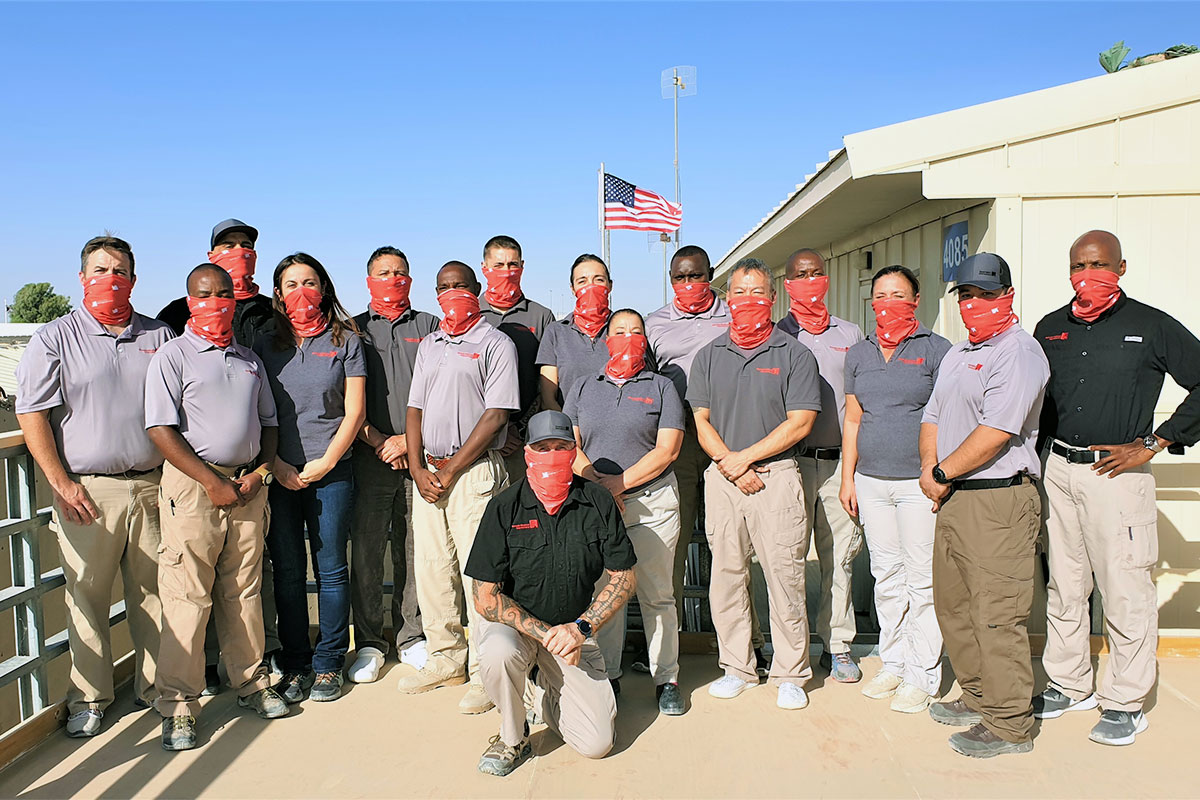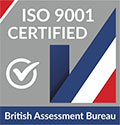We are often asked by students and customers about the “perfect medical kit” – to which there really is no answer. In choosing a medical kit for a particular purpose, there are several points to consider:
1. Purchasing a pre-made kit vs. making your own:
First of all, we have customer after customer who believe that making a kit from scratch is cheaper, and this has never been the case. Commercial kits, in our experience, are much, much cheaper, especially since it is often difficult to purchase items in smaller quantities. Commercial kits, like the ones below can have well over 125 different items. The exception is if you use the equipment on a regular basis, where it makes sense to purchase higher quantities of supplies. We often do this for rescue teams, ski patrols, and outdoor programs who operate large programs. If you are interested in these types of kits, please contact Chris Kenney, Equipment & Supply Division Manager.
The other exception are individuals or organizations that wish to carry prescription medications with them. We accommodate this, and with our tele-medicine program, can provide those medications as well as an advanced kit and satellite phone for direct access to Emergency Physicians and Remote Site Paramedics.
2. What are you using this kit for:
Knowing that, by definition, you won’t ever have the perfect kit, how much are you willing to carry, and what are the risks associated with your activities. For example, I love alpine climbing, and I am a remote site paramedic. I carry a modified version of the Adventurer Light & Fast, with some added medications and extra athletic tape. I won’t carry anything over 2 lbs to keep my overall pack weight down. I believe that a lighter pack is safer while climbing, and I expect that if a serious accident should occur, I will improvise with my own gear, like the closed-cell foam in my pack and clothes for a splint, or a t-shirt for bleeding control, which brings us to the next point.
Another important note for institutional programs, your medications should be in individual packets to meet OSHA requirements. Individual packets are labeled so that adults can make their own decisions about whether to take the medication or not. Also, it ensures that medications haven’t been altered or tampered with.
3. If you are going to invest money in the medical side of things, invest in training first.
Solid training by experienced professionals is the single most important thing you can do for taking care of medical issues in the wilderness. I would much rather have great training than the latest and greatest medical toys. Your courses should teach you to think, adapt, and improvise. A basic first aid course will not suffice in this case, I strongly recommend Wilderness First Aid or Wilderness First Responder training for individuals who spend any significant time away from the urban setting.
On that note, you should confirm that your instructors are experienced in Wilderness Medicine. Working in the urban setting on an ambulance or in a hospital is great, but categorically different than working in remote environments, expeditions, or in developing countries where you have to regularly improvise, and have extended contact with patients.
Below are some kits that I really like. At Remote Medical International, we have a great relationship with Adventure Medical Kits. They make good kits for wilderness medicine, and especially for marine medicine:
First of all, in my experience on expeditions and doing remote site support, dental issues are very common. I would guess that about 30% of the illness I deal with in the wilderness is dental related. For simple issues, the Dental Medic provides the tools to replace crowns, deal with lost fillings, as well as cracked and broken teeth. I think that a simple dental kit is essential for any wilderness medical kit, especially since with the right equipment a dental emergency can be converted to simple discomfort, and save the expedition.
Medical Kits for Open-Ocean Medicine
A lot of us are open-ocean sailors or racers. The beauty of sailboats is that they are slow, recently I was about 400 NM offshore when a carbon-fiber boom shattered, with a big chunk came within inches of the captains head. So motoring, at 5 knots, it would take us 69.5 hours to get to land – which was the coast of Mexico at the time. Looking at charts, it would have taken us over 100 hours of straight motoring to get to a clinic. Therefore, a open ocean medical kit must be comprehensive and contain items for long term care like suturing, foley catheters, and a good supply of bandages and dressings. We built a lot of custom medical kits prior to Adventure Medical Kits releasing the Marine Series, which is a great solution for recreational boaters as well as offshore sailors, especially the Marine 2000 from Adventure Medical Kits . I would recommend adding some prescription medications the the kit though. If you are taking care of a larger crew, the Marine 3000 contains more supplies than the Marine 2000.
Medical Kit for Travellers & Developing Countries
When traveling in developing countries, having a small kit that is easily packed is essential,
World Traveler Medical Kit can make your life much easier when dealing with simple medical problems. The World Traveler is a great kit for that, and it contains a sterile kit with IV needles, sutures, and syringes which you can give to the care provider to ensure the equipment is sterile.
Lightweight medical kit for climbing, adventure racing, mountain biking, cycling, and hiking
Out of all the small kits out there, the Adventurer Light & Fast by Adventure Medical Kits is hands-down the best one out there. It is small, with the right supplies and packable into a camelbak.
Medical Kits for Outdoor Education & Guide Services
Working with a lot of outdoor programs and guide services, the Guide I is a solid kit for caring for a group, or on a mountaineering expedition. It is well-stocked and very well organized built for the Wilderness First Responder or Wilderness EMT. The kit bag fits everything you need, but still fits into any pack.
Medical Kits for Professional Rescue
Finally, EMTs and WFRs on mountain rescue teams, and SAR always ask about good kits. To find that answer, I recently used the Mountain Medic II on a medical support operation as my hip pack. I have to say that I was impressed, what a great kit for the price, it carries well and has a solid stock of equipment. I would add a suction device, and I added my IV supplies into the bottom pouch, with plenty of room left, I was fairly impressed as it is uncommon to see a good commercial kit for professional use.
If you would like further assistance choosing the proper medical kit for your activity, please don’t hesitate to contact us for assistance. Good luck on your Wilderness adventures.


